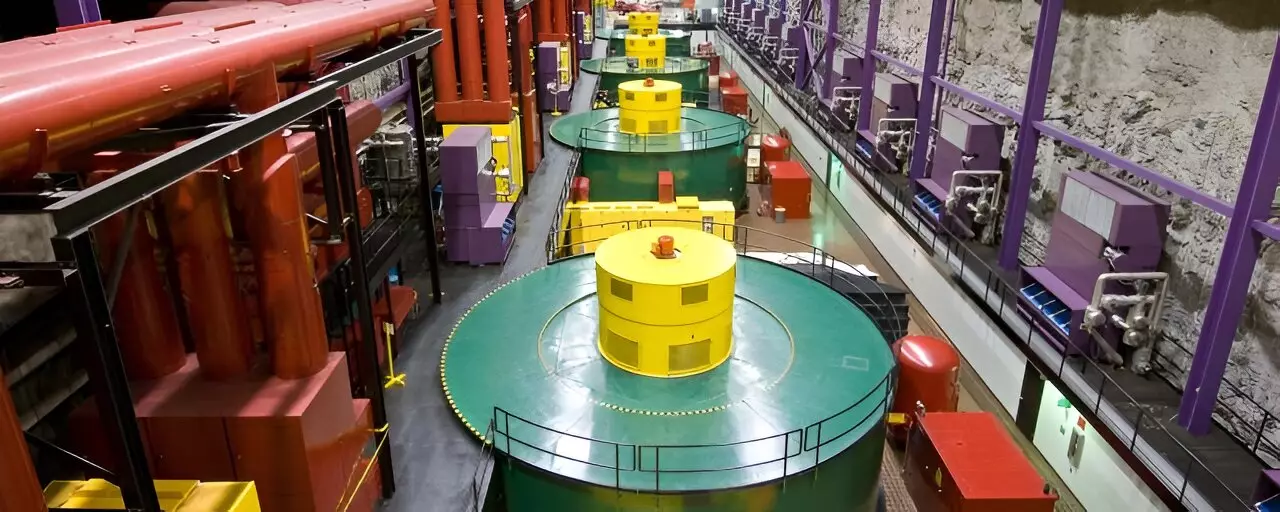As the grid continues to transition towards intermittent renewable power sources, ensuring electric grid stability becomes a critical concern. Scientists at Oak Ridge National Laboratory (ORNL) and the University of Tennessee, Knoxville have developed an innovative algorithm that utilizes signals from pumped storage hydropower (PSH) projects to predict grid stability. This article examines the significance of this algorithm in maintaining grid balance and its implications for the future of renewable energy.
Hydropower is a renewable energy source that provides inertia to the grid through the connection of large turbines directly to the grid. Pumped storage hydropower, on the other hand, offers an energy storage bank by drawing electricity from the grid during low power demand periods to pump water from a lower to an upper reservoir. In times of high demand, the stored water is routed back to the lower reservoir through turbines, generating electricity. The stopping point of the pumps at a fixed power level creates a distinct signal on the grid, which can be leveraged to calculate overall inertia, according to Yilu Liu, lead researcher for the project.
Inertia represents the kinetic energy supplied by spinning parts of power plants that maintain the balance between power supply and demand on the grid. However, with the increasing integration of renewable energy sources like solar and wind, which rely on inverters to convert the generated direct current power to alternating current power, the amount of inertia decreases significantly. This reduced inertia makes the grid less resilient to sudden changes, such as storm damage or unusual demand peaks.
Liu and his colleagues developed a new algorithm that captures the PSH signal and combines it with information collected from low-cost grid sensors deployed across the country using the sensing and measurement system called FNET/GridEye. This algorithm, when paired with grid data, provides real-time and highly accurate estimations of grid inertia. The team also created a user-friendly visualization interface for grid operators to monitor inertia and better prepare for potential grid instability.
To validate their method, the researchers collaborated with utilities and power regulating authorities in the western and eastern United States, where PSH projects are prominent. The results showcased the algorithm’s effectiveness in predicting grid stability. As the grid becomes increasingly reliant on renewables, this algorithm and its visualization tool will play a crucial role in enhancing grid situational awareness. The algorithm is being demonstrated to utilities and grid coordinating authorities to emphasize the importance of inertia and the contribution that pumped storage hydro can make in this regard, as noted by Shih-Chieh Kao, manager of the Water Power Program at ORNL.
The development of the algorithm by scientists at ORNL and the University of Tennessee, Knoxville, represents a significant breakthrough in predicting electric grid stability. By utilizing signals from pumped storage hydropower projects and combining them with grid sensor data, the algorithm provides critical situational awareness in an era when renewables are becoming increasingly dominant. As the integration of intermittent renewable power sources continues to grow, maintaining grid stability and balance will be essential in ensuring a resilient and reliable electricity system.


Leave a Reply